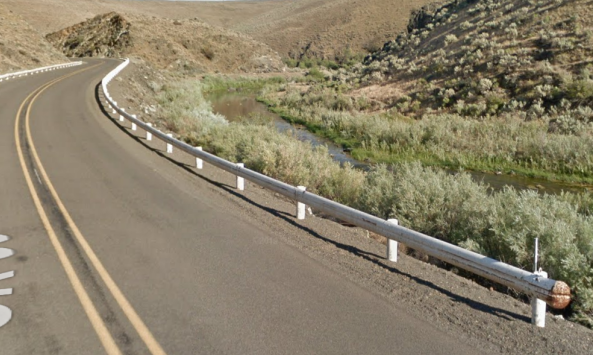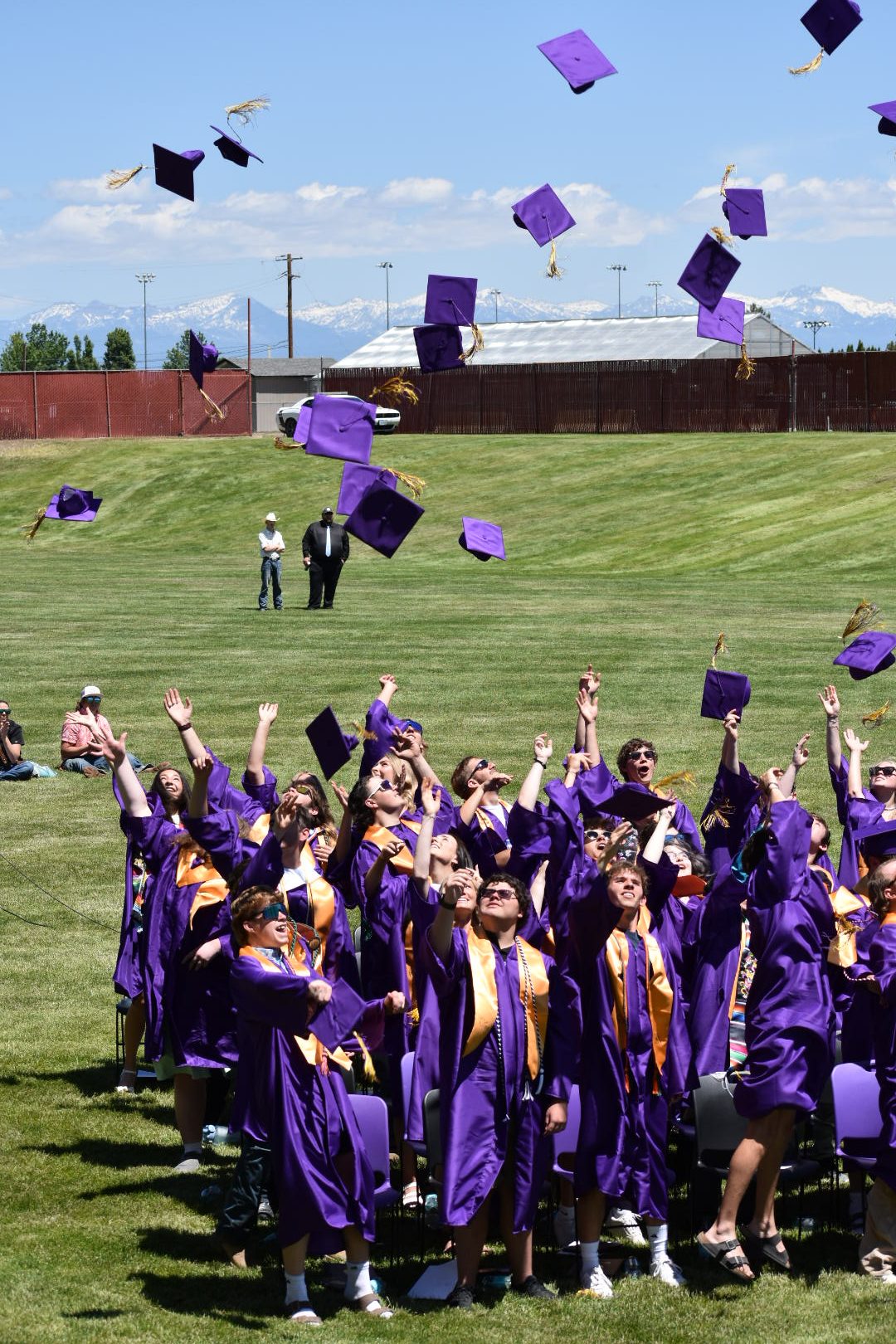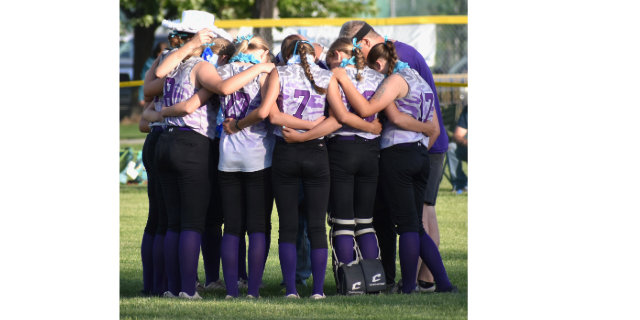COLUMN: On trip to famous places, the people stand out
Published 9:25 am Friday, August 16, 2019
I was strolling a street in a town I’d never before visited, and most probably will never visit again, when I saw the man sitting on his front porch. He was, or so I surmised, enjoying the mild breeze and slanting sunlight of the early July evening just as I was.
The town is Kemmerer, Wyoming.
It’s a decidedly small place by American standards, although its population of about 2,800 lends it a certain prominence in a state that has fewer residents than any other.
Kemmerer, in the southwest corner of Wyoming, is both the largest city in Lincoln County and its seat of government.
The town was the first stop on my family’s trip that was both a tour of a significant section of the Oregon Trail — albeit from west to east, the reverse of the emigrants’ direction — and our introduction to a handful of tourist destinations including Mount Rushmore, the Badlands and Devils Tower.
We got to Kemmerer about dinner time, and after we had a fine meal in a Mexican restaurant I went for a walk.
There is of course no better way to sample a new place, and in particular one with modest dimensions, than on foot.
I find it an eternally compelling experience when every stride sets my feet on ground that is unknown to me, when every block offers not merely a fresh perspective but one which is without precedent.
(And likely will never be repeated; the singular nature of these walks also intrigues me.)
I never tire of seeing how landscaping techniques differ from place to place, and I will happily walk many miles comparing and contrasting the ways homeowners deal with such things as coiling hoses or storing lawn furniture, and gauging how much disdain they harbor for the common dandelion.
And yet I can never quite suppress the feeling, as I go along my way, that I am an interloper, albeit a completely innocuous one.
This sense is more palpable the smaller the place. This betrays a certain sense of paranoia on my part, I suppose, but it’s not, I submit, one without reason.
I figure that in a town such as Kemmerer the number of people who regularly walk a particular block or neighborhood is not great, and that the few frequent pedestrians are apt to be known to local residents.
In any case, when I come across someone outside, watering the petunias or scrubbing the road dust from a Buick, I almost always tip the person a modest wave. Probably you know the sort of gesture I mean — nothing flamboyant to suggest a familiarity which doesn’t, indeed can’t, exist, but rather a brief raising of one hand to convey the idea that I’m just enjoying a leisurely stroll in your nice town.
Generally this gesture is reciprocated. Such was the case with the man in Kemmerer. Although I suppose it would be more accurate to describe his wave as a toast, as the hand he lifted in my direction was also clutching a canned beverage. I was too far away to make out the label but I’d like to believe it was a beer. It was a fine evening to enjoy a cold brew, at any rate, though the man might well have been a wine drinker or a teetotaler.
This was, as you can imagine, an interaction of the simplest sort. Yet the episode pleased me far out of proportion to its length.
Indeed it was, and I suspect will always be, the moment that I remember most clearly from Kemmerer — the memory that forever defines the place in my mind.
I find this a typical experience in my travels, and it’s always a gratifying one.
There is no mystery in this, of course. Humans, or at least most of us, can relate in a more intimate way to other people than we can to the inanimate objects we encounter in our travels.
As I ponder our trip, which covered something like 2,100 miles and included some of the more dramatic landscapes in the nation, it strikes me that, as the weeks and months gradually obscure our travels in the haze of time, the recollections likely to remain more vivid are those, like my exchange of waves with the man in Kemmerer, that involve people.
I don’t mean to suggest that the places we visited were disappointing.
Mount Rushmore, if anything, exceeded my expectations, as we stood closer to those iconic granitic visages than I anticipated based on the hundreds of photos and video scenes I’ve seen.
The gentle sage slopes of South Pass, where so many thousands of wagons made their dusty passage a couple months before they rolled down into the Baker Valley, made the reality of the Oregon Trail more palpable than any landscape I’ve seen.
At least until, a couple hours later, I scrambled to the summit of Independence Rock and saw the names that pioneers etched into the stone, some predating the Civil War.
The Badlands impressed me with their sheer incongruity, these multi-colored pinnacles amid the prairie grasses, and Devils Tower was even more flagrantly singular. We also drove past and hiked in the Tetons, a mountain range that has always seemed to me almost a caricature — the real version of those jagged silhouettes that scroll endlessly in the background of cartoons featuring Wile E. Coyote and the Roadrunner.
(And the Grand Teton, especially when still mantled in snow, surely was the inspiration for the Grinch’s home, Mount Crumpet.)
But in the few days after we returned, during the slightly disconcerting period that separates vacation life from routine life, I found that my thoughts turned not as often to the spectacular sights I saw as to the people.
Besides the man in Kemmerer there were:
• the two men at South Pass City, Wyoming, who showed us how a water-powered arrastra works and gave us a refreshing shower at the same time.
• the waitress at the cafe in Deadwood, South Dakota, who launched into a diatribe about her state’s lack of interest in recycling — “what about the turtles? she lamented — after my wife, Lisa, tried to return one glass and one plastic bottle.
• the clerk at Scheel’s in Rapid City, South Dakota (just plain “Rapid” in the local nomenclature, we learned) who told us, with a certain wistfulness, that he has long wanted to visit Oregon but not yet made it so far west.
• the woman at the McDonald’s in Buffalo, Wyoming, who seemed more upset than I was at having to wait 15 minutes for an Egg McMuffin, an interval inexplicable at a business renowned for its promptness (and, frankly, for a meal that a lazy teenager could assemble with alacrity).
• the gathering of venerable gentlemen — and one gentlewoman — in the back of a coffee shop/bookstore/toystore in Thermopolis, Wyoming, who obviously met there most mornings, and who just as obviously could offer solutions to any problems affecting not just their little town but the great nation and world beyond.
• the woman at Chesterfield, Idaho, what amounts to a renovated ghost town, who struggled to suppress sobs as she recounted how the restoration of the town’s simple but sturdy brick church made her feel closer to her ancestors than ever before.
I have photographs to remember Gutzon Borglum’s creation, and the natural splendor of the Black Hills and the Rockies, and I will, in the years and decades ahead, be gratified to look at them and to remember the fun we had.
But what I really cherish are the people, the happenstance that brought us, however briefly, to the same place and time.
At some balmy summer twilight, as I relax with a frosty beer nearby, I’ll think with fondness of a man from Wyoming, a man whose name I’ll never know, and wonder if he too, far beyond the horizon, is doing the same thing at that moment.
Jayson Jacoby is editor of the Baker City Herald.





